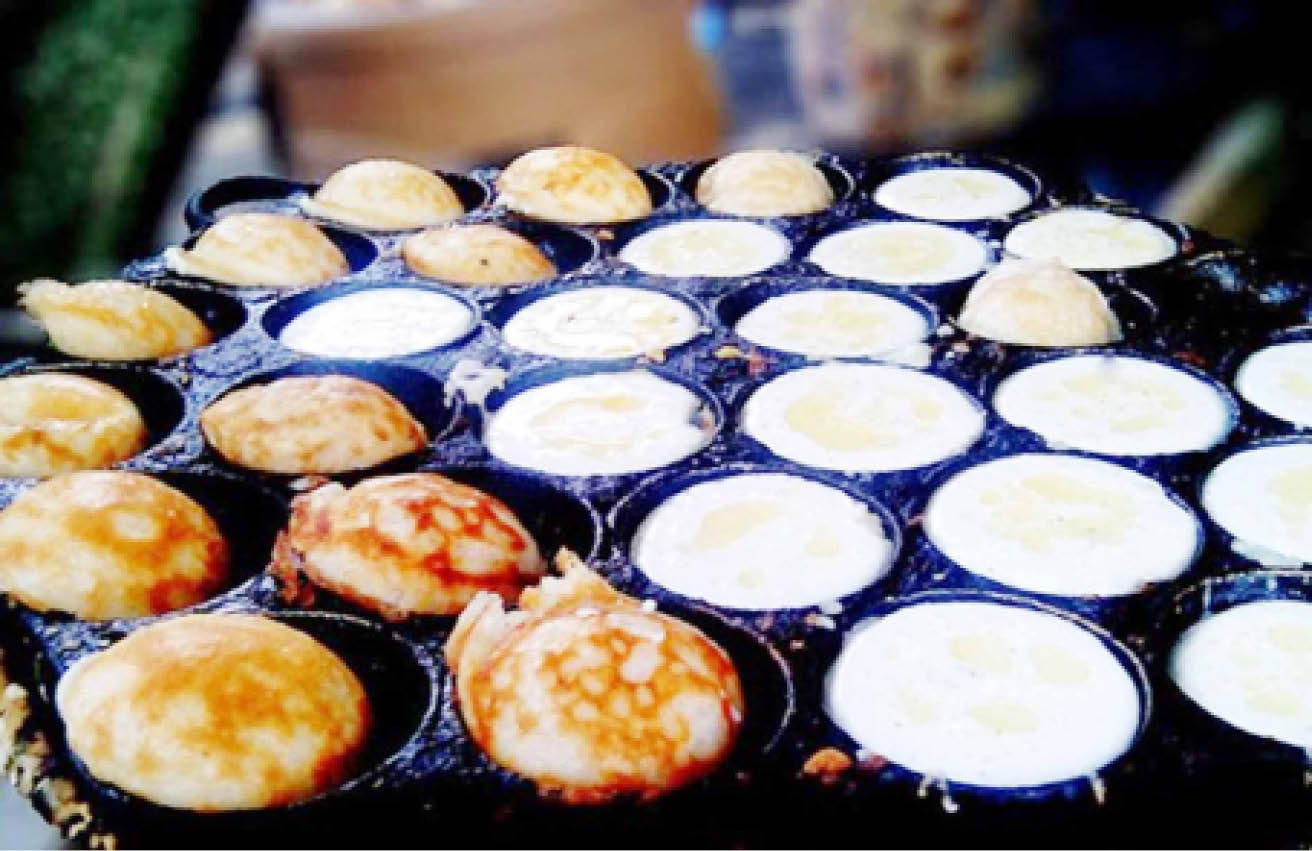Column No.6: Iftar, Arewa-style
No, I didn’t fall down and hit my head. In case you’re wondering why on earth this column isn’t talking about more salient, hot-button topics of the past week or few days, it was quite an easy decision to take. Those issues are trending across all social media, and every possible angle has been discussed, […]

Iftar, Arewa-style
No, I didn’t fall down and hit my head. In case you’re wondering why on earth this column isn’t talking about more salient, hot-button topics of the past week or few days, it was quite an easy decision to take. Those issues are trending across all social media, and every possible angle has been discussed, and dissected. I’ve been in turns angry, sad, and heartbroken by the turn of events that I decided to divert my attention to soul-enriching activities of the holy month of Ramadan, especially the more physically-enriching part, which is Iftar. And what better brand of Iftar could I possibly table if not the delicacies offered to break the fats in the northern part of Nigeria? (Note: If this piece sounds familiar, it’s because a version of it focusing on Arewa-style breakfasts was penned early in the life of this column)
Fondly called Arewa, the region is home to quite a good number of ethnicities, with just as many cultures, each as rich and as distinct as the other. Growing up in Kaduna at its potpourri best meant I had the luxury and privilege of enjoying many cultures, food included. But of course to talk about all that would require a whole encyclopedia-like volume. Therefore I’m going to focus on some of my personal favorites over the years, which also serve perfectly for the purpose of Iftar. If you just thought ‘Is he really going to spend his 900-or-less words this week talking about Waina Da Miya?’ then you’re absolutely right.
Waina: That scrumptious pancake-like disc of deliciousness that is probably the best of all Arewa breakfasts. Made from a batter of corn flour or ground rice, it’s poured into a ‘tanda’, an oiled clay surface with a fire underneath. The result is a soft, chewy disc that can be eaten with soup (Miyar Taushe, basically vegetable soup) and beef, or chewy ‘biscuit bone’ (soft cartilage-rich bones from beef). Topping it up with Man Shanu, molten (or blanched, really) fresh unprocessed cream cheese from cow’s milk, seasoned with a little salt and fried onions, drizzled all over. And the perfect beverage to wash it down with? Kunun Zaki. Another cold beverage worth noting is Zobo, but you probably already know that.
This is not to forget Koko, a kind of pap, sweetened or not depending on your taste buds, beautifully paired with Kosai (or Akara, if that’s more your thing). While this is a perennial favorite during Ramadan, it can be enjoyed any time of the year. There are variants of the Kosai itself, as that of the Koko too. I’m yet to taste one I don’t like. And the best part? You can toss in fried yam to make things more interesting. I’m sure you’re wondering, ‘why three?’ Well, I did mention that I’m going to list my favorites, not the entire menu and retinue of perfect Iftar meals of Northern Nigeria. I mean there’s Sinasir, a close cousin of Waina which I suspect has Arabian origins. But hey, I’m not a food historian. There’s Dan Wake (directly translation from Hausa to mean ‘Son of Beans’), but it’s actually an exquisitely tasty type of dumpling made mostly from a mix of corn flour, and you guessed right, beans flour, and when done, drizzled with real groundnut oil, fried onions, and powdered pepper. The effect on one’s taste buds is better experienced than imagined.
There are many more Arewa-centric Iftar-perfect delicacies, with varying degrees of deliciousness, but unfortunately, I don’t have the space to write about them at length. You just have to buffer everything with good old fruit salad (nothing too fancy, like pineapple, watermelon, banana and the newly-in-season mango) or a lovely vegetable counterpart. While at it, experiment with a nice ‘Kwado’, the name for salad in Hausa, greens dressed with ground groundnuts, mashed pepper, and finely-sliced onions. The good part is that there are many food vendors who make these delicacies locally. If you’re familiar with them, then I say lucky you. If not, then what are you waiting for? Go ahead; make your day by having a taste. And look out for signs that you – or your family and friends – are committing what is called ‘Santi’. Maybe one day I’ll explain what that’s all about in a whole article. For now, enjoy your Iftar, and may Allah SWT accept our Ibadah.
